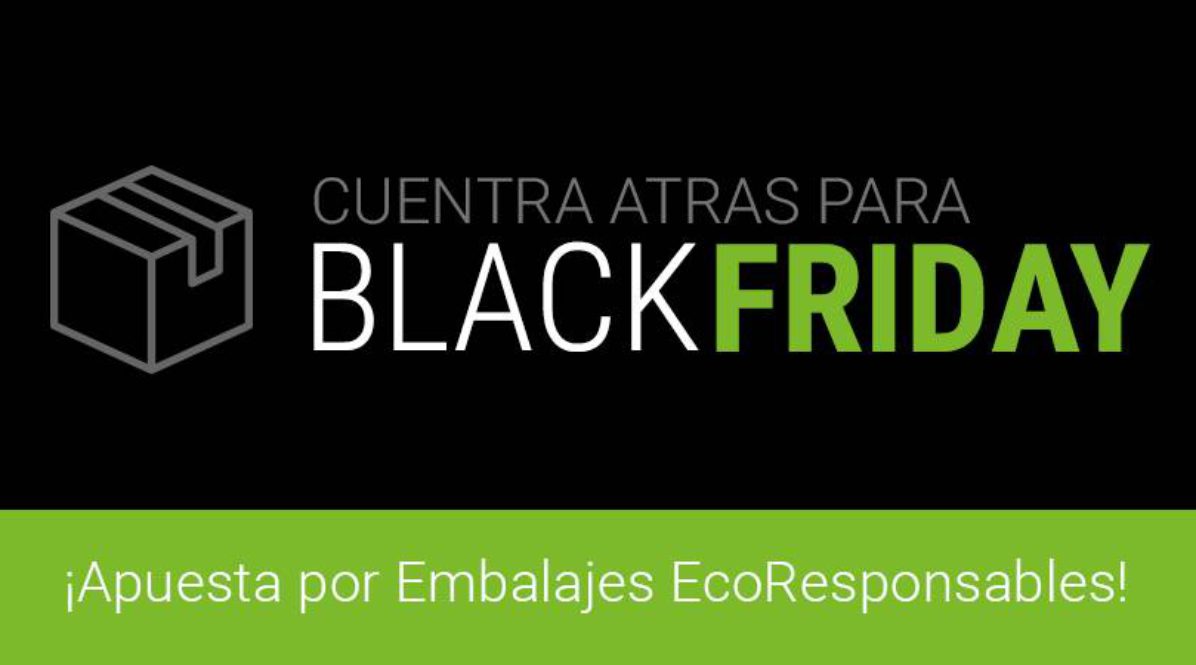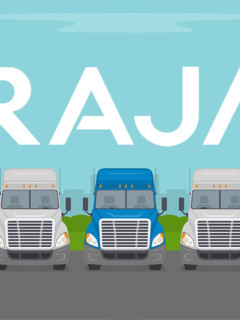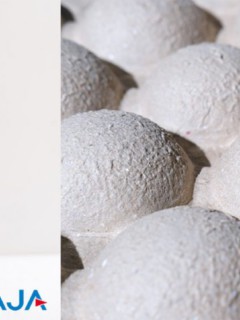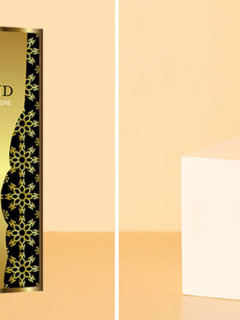How and where can plastic be dispensed with? When does it make sense?
In private life, it is particularly important to analyse – and optimise – one’s own purchasing behaviour. When buying everyday items such as groceries and hygiene products, there are a number of simple approaches that can be implemented, from dispensing with disposable bags to shopping in unpackaged shops.
Especially in business, however, it is impossible to do without padding or fixation. Since you want to transport, store or ship your product undamaged, the question of the right choice of padding arises.
Air cushioning is sustainable
When asked what is better for the environment – paper or film padding – most people would impulsively answer paper. But it is not that simple. You have to look at it in a more differentiated way: There are definitely reasons for using air cushions. Especially for air cushions, which only reveal their true size when they are actually used. This is THE big advantage of cushioning systems compared to ready-made cushions: one can produce cushioning material “just in time” in the required quantity, in the required measure or filling volume. You save storage space and can easily integrate the systems into individual packing stations or in the office.
Air cushions without film
With the introduction of our paper air cushions, our customers no longer have to choose. Because they combine the good cushioning properties of air cushions with the sustainability of paper. Sounds exciting? It is! The paper, which consists of 70% recycled paper, is made impermeable to air with a thin bio-seal layer of potato starch, thus keeping the air in the cushions. A complex manufacturing process that unfortunately (still) has its price.
A really good idea:
We hope that the idea will catch on and that high demand will lead to a positive price development. And we are not the only ones who believe in the product:
At the reader award “Best practices: Innovations 2020” of the LOGISTRA magazine, the paper air cushions were nominated in the category packaging/shipping. You can vote here: Logistra Readers’ Choice.
And what are the big advantages of the films of our air cushion systems with regard to the environment?
Less material You need much less material for cushioning compared to e.g. paper cushions. Air cushions consist
100% recyclable
The air cushion foils e.g. for the Minipak’r are recyclable and 100% recyclable. The print on the foils is made of water-based ink. This conserves natural resources and the films are fully suitable for energy recovery. They are certified and comply with the EN 13427 standard for packaging and packaging waste. For the NewAir I.B.Flex system, we also offer films that already consist of 15% recycled material. We have gone one step further with this product; the climate-neutral bubble wrap even consists of slightly more than 50% recyclate. A great contribution to environmental protection: because the recycling cycle only works if the materials obtained from it are also processed! HDPE is used for the “second half”. The CO² emissions required for production are offset by climate protection projects, currently a reforestation project in Brazil. The result: A 100% climate neutral film.
Films made from renewable raw materials can also be an alternative. The film made of 35% potato starch, for example Biofilm for example, is compostable and marked with the Keimling label label.
Less energy
The flat transport of the air cushion rolls saves CO². The volume is only created when the films are actually used. By packing with air, the products are protected without adding excessive weight to the package. This low dead weight enables postage-saving shipping. And the production and recycling of the films also require minimal energy and water consumption. The production of PE films produces, compared to other materials (e.g. Paper): 3x less carbon monoxide / 6x less nitrogen oxide / 8x less hydrocarbons / 13x less sulphur dioxide / 258x less dust.
Less storage space
For example, the film used in the Cyclone air bag system has an immense savings potential in terms of delivery. 13 rolls of the air bag film correspond to a truck full of bubble wrap. Of course, this saves on storage space, which also means cost savings.
So there are good arguments in terms of costs and the environment that speak in favour of cushioning or fixing with air pillows and cushions with a system. And as with any other packaging material, the most important thing is to achieve maximum protection with a minimum of material input!
Depending on the intended use, where the machine is to be used and how much cushioning material is needed per day, there are different air cushioning systems. But: The biggest negative environmental impact in transport is not the material used, but the CO2 released during the transport of the goods. If the product is not adequately protected and suffers damage during transport from the supplier to the customer, it has to make the journey back again – and is sent out again. Therefore, it is better to secure the goods properly and avoid breakage – in the end, everyone is happy: the satisfied customer, the satisfied retailer and the environment!
With our online machine guide, we offer you a first little help in deciding which machine might be the right one for you. Furthermore, our experts will be happy to advise you on which is the optimal solution for you and allow you to place a trial order. In addition, they will take care of the installation, maintenance, technical training and delivery of consumables for you.
Interested in this topic? Read on here:
Sustainable packaging: how industry and trade are reacting
The future of e-commerce packaging is green

















